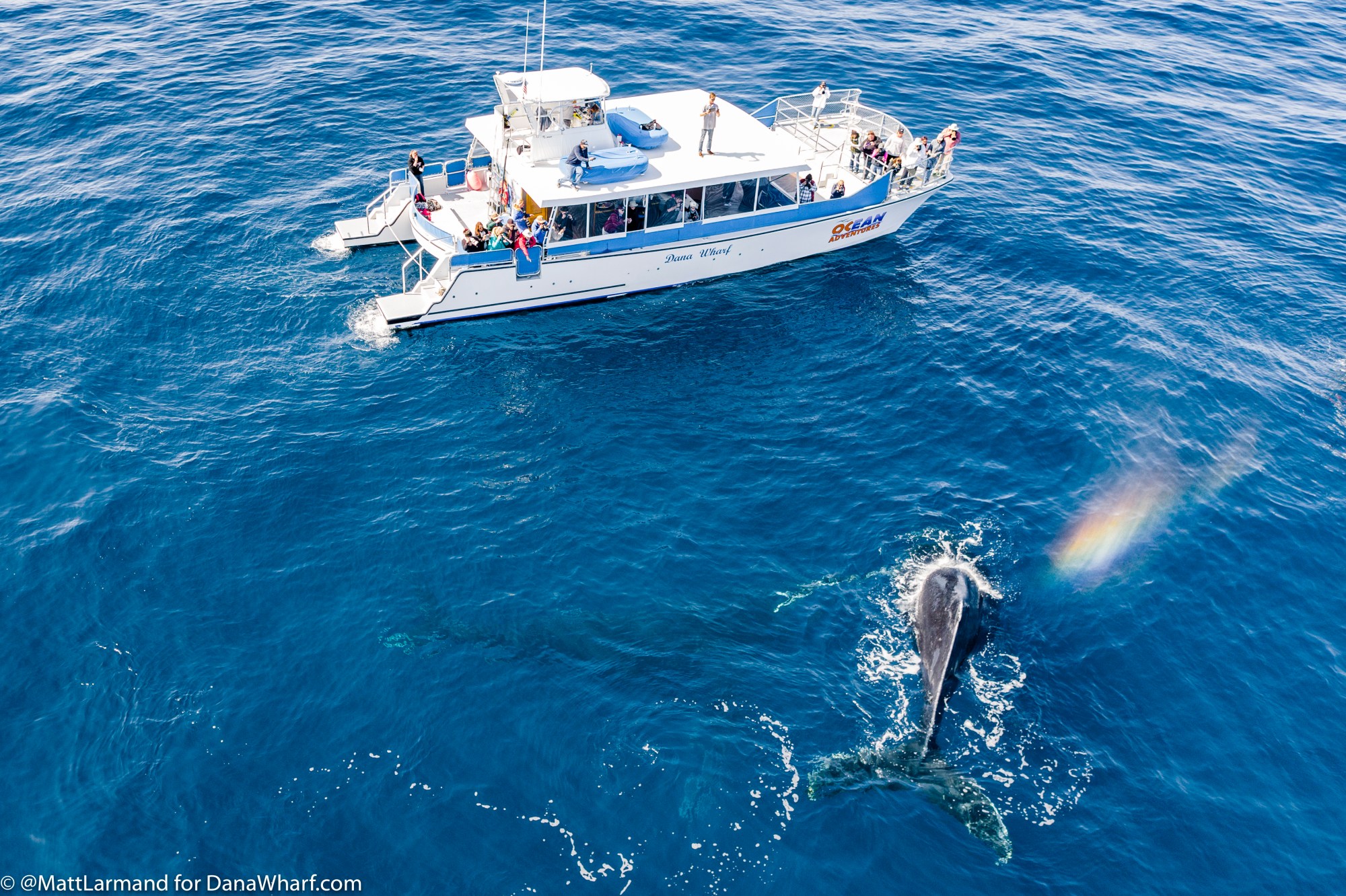Summer vs. Winter Whale Watching: Which Season Is Best in Dana Point?

Whale watching in Dana Point is a year-round experience — but depending on when you go, you’ll encounter very different sights, species, and conditions. So which season is better: summer or winter? The truth is, it depends on what you’re hoping to see and how you like to spend your time on the water.
Let’s break it down by season to help you choose the best whale watching trip for you.

Winter Whale Watching (December–April)
Winter is prime time for gray whale migration, one of the most iconic natural events off the California coast. These whales travel over 10,000 miles roundtrip from the cold waters of the Arctic to the warm lagoons of Baja California, where they give birth and raise their calves.
Dana Wharf offers daily trips during the peak of this migration, often spotting whales just a few miles offshore.
You Might See:
-
Gray Whales (including mother-calf pairs later in the season)
-
Sea lions and coastal birds
Why People Love Winter:
-
Higher chance of seeing multiple whales per trip
-
Dramatic spouts and tail flukes
-
Milder sea conditions in early winter
-
Calmer crowds

Summer Whale Watching (May–October)
In summer, things shift — and the ocean comes alive with different types of marine life. Blue whales, the largest animals to ever live, arrive to feed on massive clouds of krill offshore. Their size alone makes them worth the trip.
You may also encounter fin whales, minke whales, and humpbacks, along with enormous pods of dolphins that often steal the show with their acrobatics.
You Might See:
-
Blue whales (especially June–August)
-
Fin whales
-
Humpback and minke whales
-
Massive dolphin pods (including 1,000+ common dolphins)
-
Mola mola (sunfish), sharks, sea lions
Why People Love Summer:
-
Warm, sunny weather
-
More variety in whale species
-
Ideal for photography and longer trips
-
Great time for kids and families
So… Which Season Wins?
There’s no wrong answer. If you want to experience the famous gray whale migration and cooler, calmer days — winter is your best bet. If you’re hoping to witness the power of a blue whale or the thrill of dolphin superpods, summer is unbeatable.
Luckily, Dana Wharf Whale Watching runs tours year-round, with expert crews who know where the action is — no matter the season.
Tip: Can’t decide? Go in both seasons and experience the full spectrum of whale watching Dana Point has to offer.
